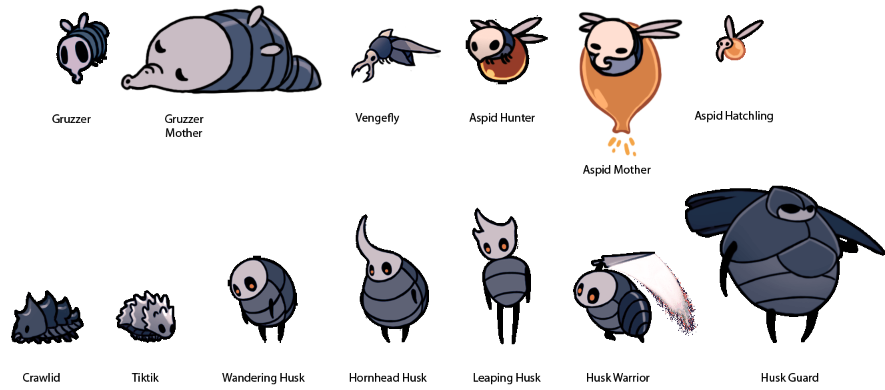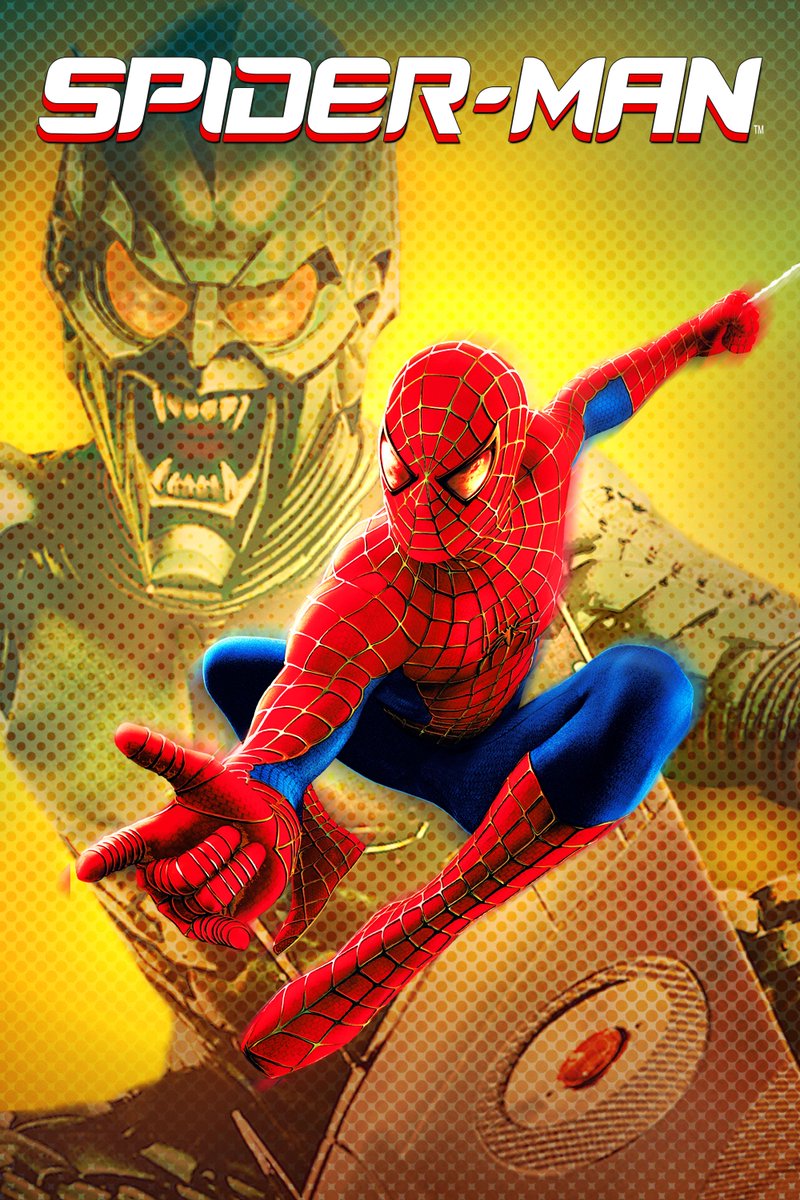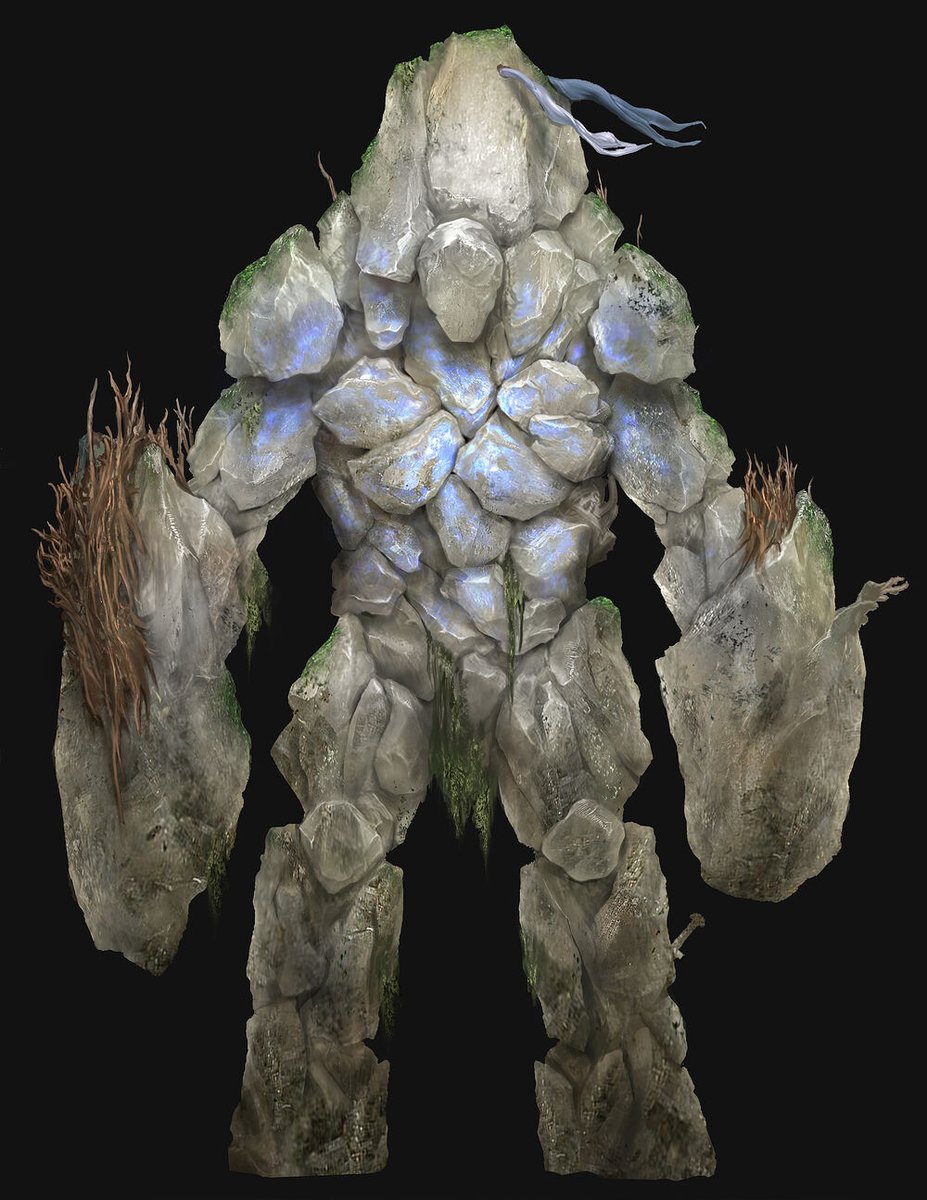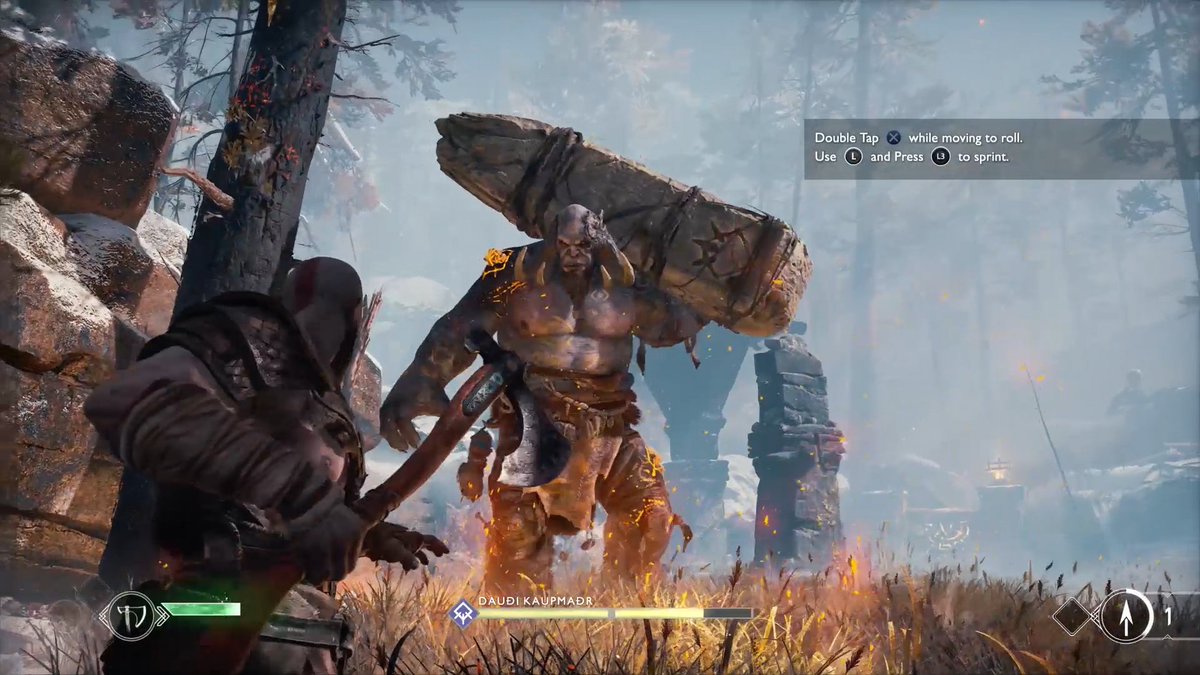
How do Hollow Knight enemies provide meaningful challenge with minimal behavior? Each enemy builds on the ones before it, introducing small TWEAKS. These INCREMENTAL changes forces the player to be deliberate. Let’s look at EARLY GAME enemies. #gamedesign #combatdesign 🧵 

VARIANTS - Husk Wanderer and Husk Hornhead are perfect examples of NUMBER-BASED variants. Their base behavior is EXACTLY the same except for 3 variables: charge speed/distance and hit collision reach. 1/5
Husk Warrior is a LAYERED variant that builds upon the previous offensive Husks, but adds an entirely new behavior (Blocking) that forces the player to wait for enemy attack recovery to land hits. The player can sneak in hits during sword swings, but requires good spacing. 2/5
Leaping Husk tests the player by encouraging them to move TOWARDS danger which runs opposite to previous Husks. The player could bait the enemy and quickly run away with similar results; however, the enemy's variable jumping angle makes this slightly less optimal. 3/5
Husk Guard represents a HUGE SPIKE in challenge yet only has 2 attacks. The key properties that increase challenge are: 1) Increased attack speed, 2) Health, 3) ground wave player must jump. The player must master spacing/timing in order to succeed. 4/5
Crawlid & TikTik are fodder enemies that move along the ground. They have ZERO attacks other than movement. Their PLACEMENT on platforms increases the challenge. Their properties are exactly the same except TikTik doesn’t impulse backwards when hit. 5/5
Flying enemies offer diverse challenges since hitting them likely requires the player to jump attack. Gruzzers are the first flying enemy and they simply pathfind in a predictable manner, not bothering to directly attack the player. They serve as a glorified hazard.1/5
Like Gruzzers, Vengeflys have 0 attacks. Their added behavior is the ability to FLY DIRECTLY to player location. The player can simply wait for the Vengefly to approach and then attack; however this strategy may not work depending on encounter makeup as well as environment. 2/5
Aspid Hunter has the opposite behavior. It maintains an optimal distance to shoot its projectile while indirectly staying out of the player’s attack range. It can aim its projectile at the very last moment which forces the player to be deliberate when choosing to jump. 3/5
Aspid Mother stays near the player but provides a new skill test. The player must follow up with another attack once the mother has been hit. The hatchlings don’t pose a threat on their own, but the combination forces the player to be deliberate in their spacing. 4/5
Gruz Mother builds on the extremely simple movement behavior of the Gruzzers and increases the intensity/speed. Combined with the very small/enclosed fight arena and increased health, the player must be precise in spacing and attack deliberately. 5/5
SKILL TESTS - Enemies represent a skill test given the minimal nature of the player’s toolkit. They provide COUNTERPLAY to Knight’s movement, attack and jumping. Player mechanical skill is slowly increased with each new enemy. I've classified each enemy and their properties. 

EMERGENT BEHAVIOR - Enemy movement/attacks are ALTERED by the environment. The Gruzzer has 0 attacks yet poses a challenge due to its pathfinding vector being changed when touching environment. This variable keeps encounters fresh, but gives the player predictable behavior.
HIT IMPULSE - Enemies (and the player to some extent) are impulsed away from the hit which gives the player some breathing room but also provides another emergent wrinkle to the timing of enemy attacks. 1/2
The impulse can provide an advantage to certain enemies, like the Aspid Hunter. The impulse serves to put the Aspid into optimal projectile range; however, the impulse can also be negated by the environment, giving the player the advantage by being in follow-up melee range. 2/2
FORM INFORMS FUNCTION - The visual design of enemies FORESHADOWS their attack type/ direction and general EXPECTATION of how the enemy should feel. In the image, the red arrow is the attack direction which closely aligns with the character’s signature anatomy. 

ENEMY PLACEMENT - A simple enemy must be approached deliberately based on position within the environment. This adds platforming and combat DEPTH. In the 2nd Vengefly encounter, the player must plan ahead when deciding to attack due to the hazards below.
AGGRO RANGE - The distance enemies start their attack behavior is ~outside of the Knight’s basic attack range. This gives the enemy a chance to attack but also provides the player a predictable tool to probe and BAIT enemies into moving towards them.
PRECISION - The Knight’s controls (attack, movement, jump) allow for optimal precision. The basic swings DO NOT move the player forward. Most likely due to the precise/precarious nature of platforming and the strategic placement of enemies to increase difficulty. 1/2
In the air, the player can attack in ~8 directions (cardinal directions (U, D, L, R)+ diagonals (UL, UR, DL, DR). This freedom of control allows the player to approach enemies with varying strategies while precisely controlling space and attacking from precarious positions. 2/2
• • •
Missing some Tweet in this thread? You can try to
force a refresh















